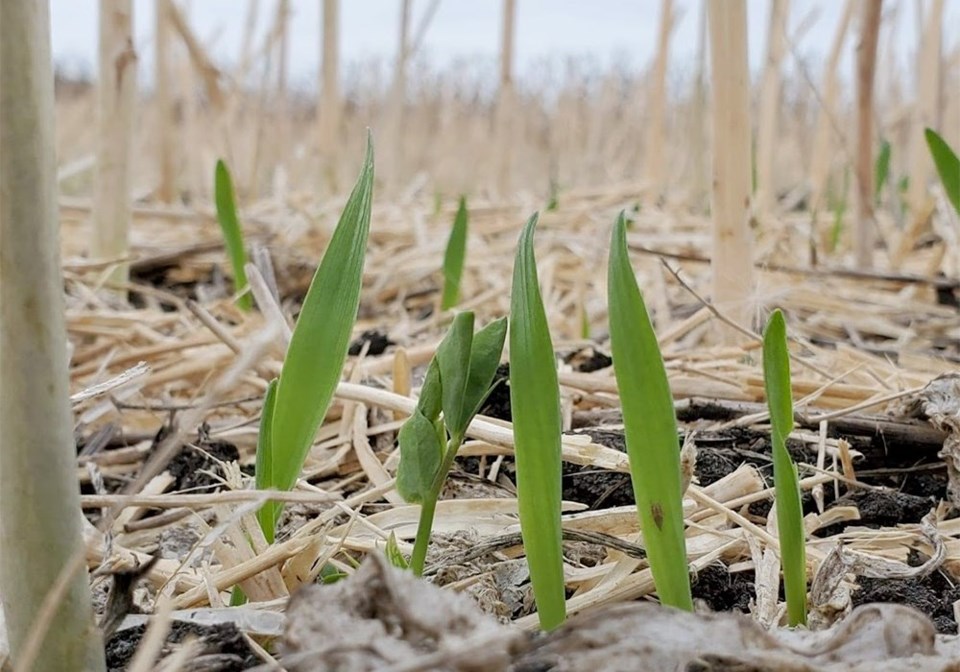WESTERN PRODUCER — After attending the recent Saskatchewan Soils Conservation Association Soil Health Conference, I was blown away by what appears to be a marketing success story.
Regenerative agriculture and soil health in general are attracting interest not only from consumers. This “alternative agriculture” crowd is also drawing interest from producers who are becoming more flexible in how they approach food production.
There seems to be a growing momentum of conventional farmers dabbling in cover cropping and various carbon initiatives. So, what is it that is drawing people toward regenerative ag?
I believe this movement is using grassroots marketing techniques to market all sorts of ideas to all sorts of people. And more specifically, people are marketing themselves through story.
To some people food is food, but there is a growing demographic of consumers who have the time, energy, and resources to evaluate their food choices. To them, the environment their food is produced in is far more interesting than the outcome: the product.
During a farmer panel at a conference, I observed that with each participant, there was a clear separation between the individual, the farmer and the farm itself. The panelists shared hobbies, aspirations, spiritual beliefs and personal challenges.
And throughout all of this, they shared vulnerability, a quality proven to be effective with a specific group of food producers.
Women are the food buyers in most households. To further understand the factors that lead to their choices, we can explore the literature by the well-known psychologist Carl Jung.
Jung is responsible for the concept of archetypes, which are the people, behaviours and personalities that influence human behaviour.
His literature argues that the feminine is typically far less interested in the goal than in the process.
In this way, storytelling is far more intuitive and appealing to the feminine archetype.
Storytelling is a means of sharing experiences and insights about scientific discovery on the farm.
The SSCA conference included storytelling along with a biology class spin. The presentations included links to the Krebs Cycle, ATP, and Occam’s Razor. Various ongoing research projects were referenced with no influence from large life sciences companies. Most speakers and attendees were consultants, researchers, and farmers.
It seems important to mention that regenerative producers do not receive a price premium for their product, other than those who are selling directly to consumers. Most regenerative products go into the same lot that ends up at Walmart or Costco.
If there are any lessons to be drawn from this, perhaps it’s this: people want to connect with people. Stories provide the path.
With March being Canadian Agriculture Literacy month, it seems timely to address marketing and advocacy.
The next time you are invited to speak about your farm, try taking a page from the regenerative ag playbook.
“My name is Katelyn. I enjoy learning about others’ interests and personal values as a means of shaping my own values. My contribution to the world is an evolving process of discovery. I find meaning in a sense of community.
“The hypothesis I’m testing right now is whether I want to have a morning routine or not. An interesting, wicked policy problem I would love to talk about more at coffee time is the topic of food systems and human health, and how they intersect. When the stress gets high, I like to engage in breath work and creativity. Something that I really enjoy is storytelling.”
Can you market your farm without talking solely about your farm?
Katelyn Duncan PAg is a Regina area agrologist, farm consutant and policy analyst.




